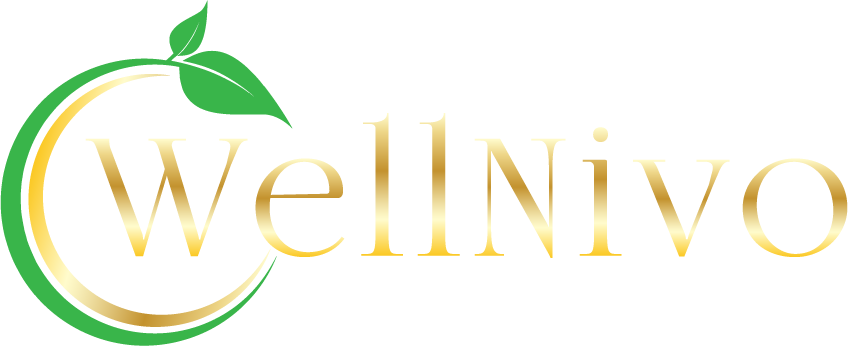
All you need to know about Physiotherapy
Introduction to physiotherapy
Physiotherapy is a field of medicine that makes use of your natural body motions to treat any kind of chronic motion-related issues that interfere with your everyday activities. Instead of undergoing surgery, it is a well-liked method of treatment that doctors advise and patients favor. Biomechanics or kinesiology, physical therapy, exercise therapy, and electrotherapy are all used in physiotherapy treatments. It aids patients in regaining, maintaining, and improving their physical ability, strength, and mobility. Ancient Greece was the first place where physiotherapy was used to address a variety of musculoskeletal conditions. Physiotherapy has developed over time and is now a crucial component of contemporary health. Physiotherapy is now used to address a variety of diseases, such as sports injuries, neurological disorders, and chronic pain. Physiotherapy has also grown to include a variety of specialized fields, such as pediatrics, orthopedics, and sports physiotherapy.
Kinds of Physiotherapy
- Physiotherapy for Children
This branch assists children suffering from a variety of acute injuries, including acquired or congenital conditions, delayed physical development, and neurological disorders such as cerebral palsy. This treatment aids a child’s overall growth.
- Physiotherapy for Women’s Health
Female physiotherapy focuses on the female reproductive system, as pregnancy can cause a variety of health problems. It provides pre- and post-natal care, facilitates childbirth, and aids in fertility problems.
- Geriatric Physiotherapy
As we get older, our metabolism slows down and our ability to remain in shape deteriorates. Geriatric Physiotherapy can be very successful in keeping us in shape. It aids in the maintenance of movement, the management of chronic joint pains, the correction of limitations and postures, the treatment of physiological disorders, and the development of stamina and strength.
- Neurological Physiotherapy
This branch of physiotherapy assists in the management of conditions produced by disorders of the brain or nervous system, such as head injuries, stroke, spinal cord damage, aneurysm, multiple sclerosis, Parkinson’s disease, post-brain surgery rehab, and Cerebral Palsy, among others. It also aids in balance-related issues such as vertigo, muscular control, and coordination.
- Muscle and joint physical treatment
The human musculoskeletal system, which consists of different muscles, joints, tendons, ligaments, nerves, and bones, is affected by a variety of defects and diseases. Orthopaedic physiotherapy addresses these issues. Correcting skeletal alignment, enhancing mobility, minimizing pain, and repairing soft tissue injury are the intended outcomes.
- Cardiopulmonary, Pulmonary, and Vascular Physiotherapy
The heart, lungs, and other related organs are the focus of this area of physiotherapy. They assist patients with a variety of conditions, including handling obstructive pulmonary disorder, breathing issues, Asthma, recovering from cardiac arrest, managing acute or persistent cardiac disorders, etc. The expert in this type of treatment helps patients and instructs them on exercises that are good for their hearts and their breathing.
- Pain relief and rehabilitation
Since the goal of this regimen is to manage chronic pain from a pre-existing condition or post-surgical rehabilitation, it is more or less engaged in all other categories.
How physiotherapy different from acupressure and acupuncture
Massage pressure method called acupressure operates on acupuncture points. Finger pressure applied at particular points along the meridians, as opposed to fine needles, is intended to stimulate, disperse, and balance the flow of energy, alleviate pain, and treat a variety of chronic, acute, and degenerative conditions, whereas very tiny needles are inserted into the epidermis at specific points on the body during acupuncture treatments. It is a crucial element of traditional Chinese medicine, is frequently used to alleviate pain. Physiotherapy is different from both as it focuses on a variety of conditions that are treated by physiotherapy, and each patient and their specific illness have a different treatment plan.
How to Receive the Best physiotherapy treatment?
For patients with physical disabilities or injuries, physiotherapy is essential for helping them heal and live better lives. Physiotherapy can assist patients in regaining their strength, mobility, and independence through the use of a variety of exercises and methods. With the help of a skilled trainer, many treatment facilities provide physiotherapy treatment. One of the finest wellness facilities with a top-notch physiotherapy treatment plan is the Wellnivo website physiotherapy center.
CONCLUSION
In conclusion, physiotherapy is a crucial component of contemporary medicine that has aided numerous patients in regaining their physical abilities and healing from illnesses and injuries. With a long history and a variety of specialized areas, physiotherapy provides patients of all ages and conditions with a wide range of treatment options. Whether you are a patient with a chronic illness or an athlete recovering from an accident, physiotherapy can help you regain your strength, mobility, and freedom as well as enhance your general quality of life.l treatments.
